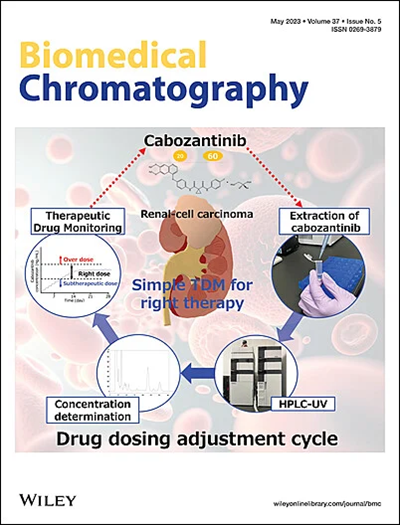Study on Quality Evaluation of Er Miao San Based on HPLC Fingerprinting Combined With Multi-Indicator Content Determination
Abstract
We aim to establish the fingerprint profile of Er Miao San (EMS) that aims to accurately evaluate the quality of EMS samples and to identify quality markers for different batches of EMS and explore its related targets and pathways for the treatment of rheumatoid arthritis. HPLC was employed with an Agilent C18 column. Cluster analysis and principal component analysis were conducted by using SPSS and SIMCA software. Network pharmacology techniques were utilized to explore the potential targets and pathways of EMS in the treatment of rheumatoid arthritis. The HPLC fingerprint profile of EMS was established, featuring a total of 15 common peaks, among which nine were identified. The 10 batches of medicinal materials could be clustered into three categories. With VIP > 1 as the criterion, four index differential components were screened out. These intersections were imported into the STRING database and Cytoscape software, resulting in 228 intersection targets. GO and KEGG enrichment analyses were performed on the related targets and pathways. The established method can effectively analyze the quality differences of EMS from different origins. The screened targets and pathways are of great significance for analyzing the differences in the treatment of rheumatoid arthritis by different batches of EMS.

 求助内容:
求助内容: 应助结果提醒方式:
应助结果提醒方式:


